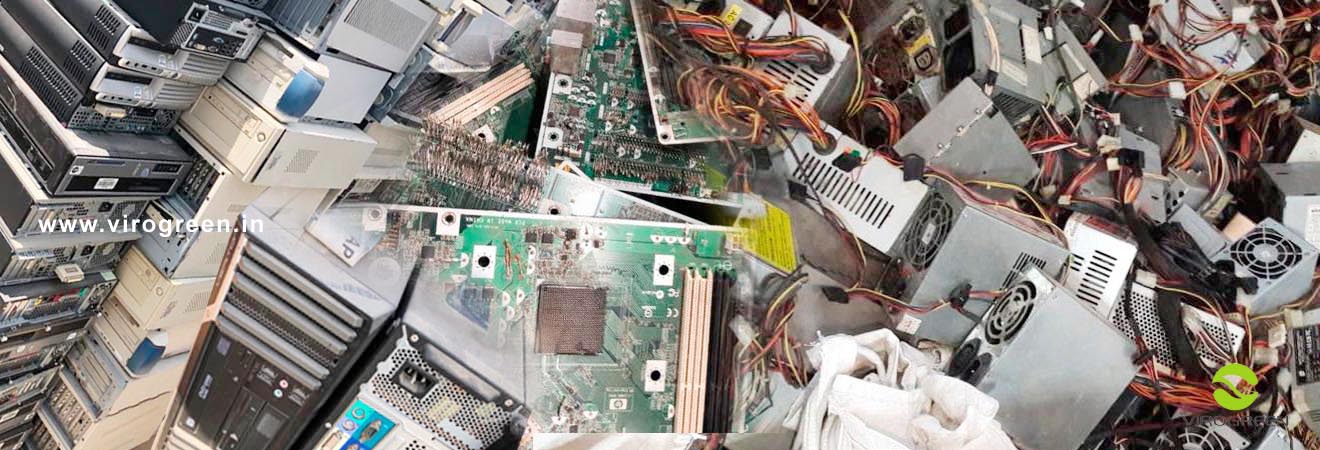Technology has become an significant part of our lives. We love to improve ourselves; whether it’s the newest smartphone or a two-in-one laptop tablet, we will not rest in peace until we own the best potential gadgets available in the market. No doubt our lives have become a lot easier, but do you wonder what happens to your aged electronic gadgets that are conveniently dumped at the nearest garbage pile? Nowadays almost every business uses Electronic components. Electronic components like computers, televisions, laptops, phones and many more are used by corporate sectors.
What Does Corporate E-Waste Mean?
Electronic waste in India refers to any electronic goods that have become either obsolete or no longer function. The volume of Corporate E-Waste generated in India is growing twenty-one percent annually. In the year 2016 newly e-waste management in India rules mandated manufacturer to register and collect e-waste and channel its authorized recyclers.
Disposing useless IT Assets is a challenge because they contain lead, beryllium, brominated flame retardants, mercury, cadmium, and other deadly chemicals. When e-waste is disposed of landfills, these chemicals can seep into the ground contaminating water used to supply homes as well as much else.
Giving E-Waste to certified e-waste recycler!
The hazards posed by e-waste in India are real and the unorganized sector which often strips e-waste of its most useful parts compounds the problems posed by it. Workers in the familiar sector who eliminate precious base metals from e-waste work in hazardous conditions. While working they are surrounded by toxic fumes alongside which they haven’t been provided sufficient protection. This is the safest method to dispose of e-waste is by giving it to a certified e-waste recycler in India. They can also refurbish it to make new products.
Electronic Waste in Global Context
It is estimated that over fifty million tones E-Waste in generated globally every year. In addition E-Waste from redundant mobile phones would be about seven times higher than 2007 levels in China and in India eighteen times higher by 2020.
Environmental impacts of E-Waste
The equipments that are discarded by the original user produce the e-waste. The e-waste items can incorporate up to thirty six different chemical elements; by weight, a typical monitor may contain as much as six percent of lead. Depending on the type as well as the age of the discarded material or else electronic objects, the chemical composition may vary. The several metal alloys especially Cu, Fe, and AI attached or else mixed with several ceramics or else plastics. When electronic wastes burns at a low temperature, it produces the PolyacrylicAromatic Hydrocarbons.
Concerning environmental defense, there is a strict legislation by which there are rules and principles for e-wastes, particularly for computer wastes. Detection of a high amount of certain substances in the waste materials confirm the hazardous nature of the e-waste, this is according to the Hazardous waste Regulation.
Conclusion
Disposing corporate E-Waste with certified e-waste recycler protects environment as well as reduce environmental pollution. Choose Virogreen as your e-waste recycler and enjoy seamless experience of disposing corporate e-waste.

